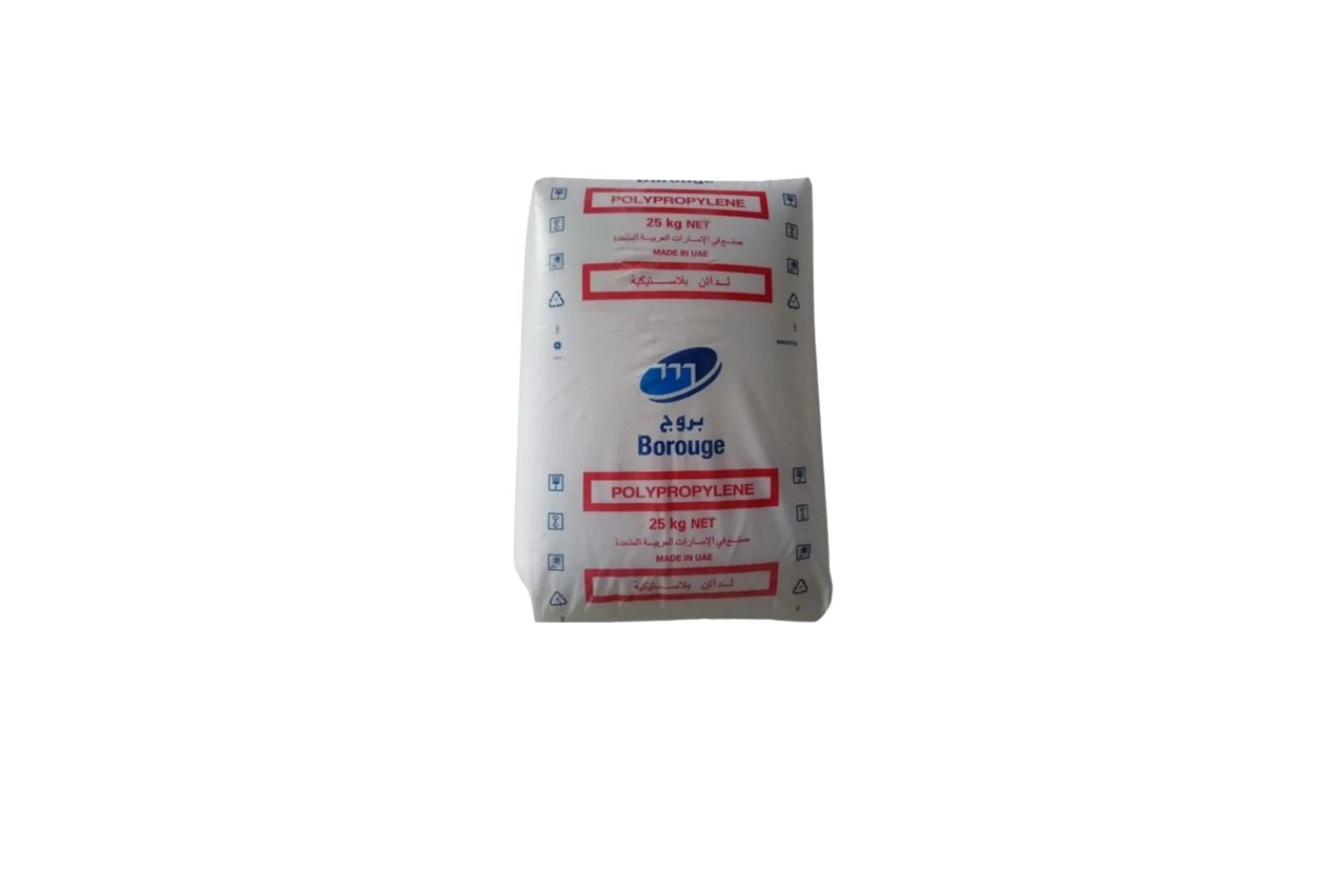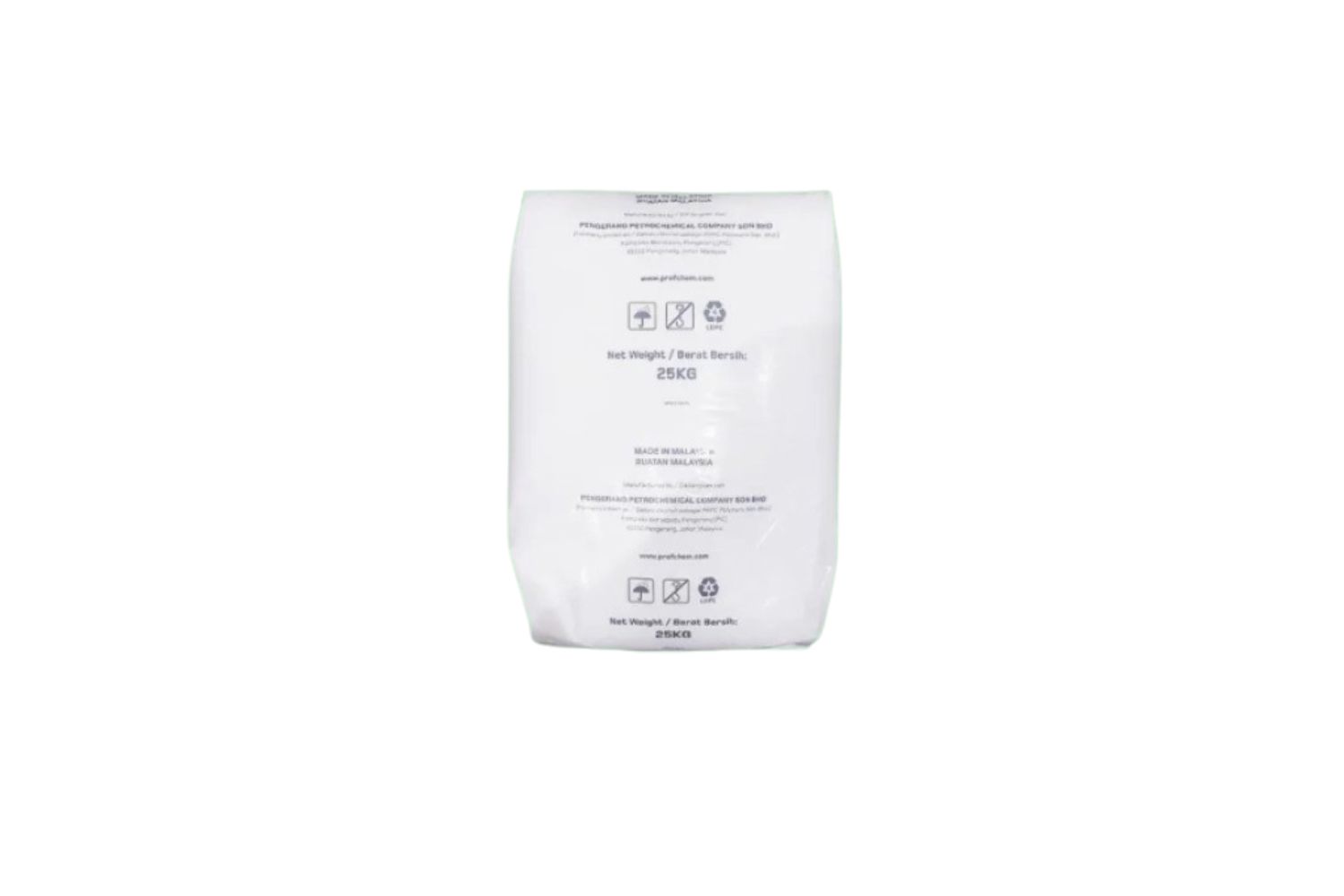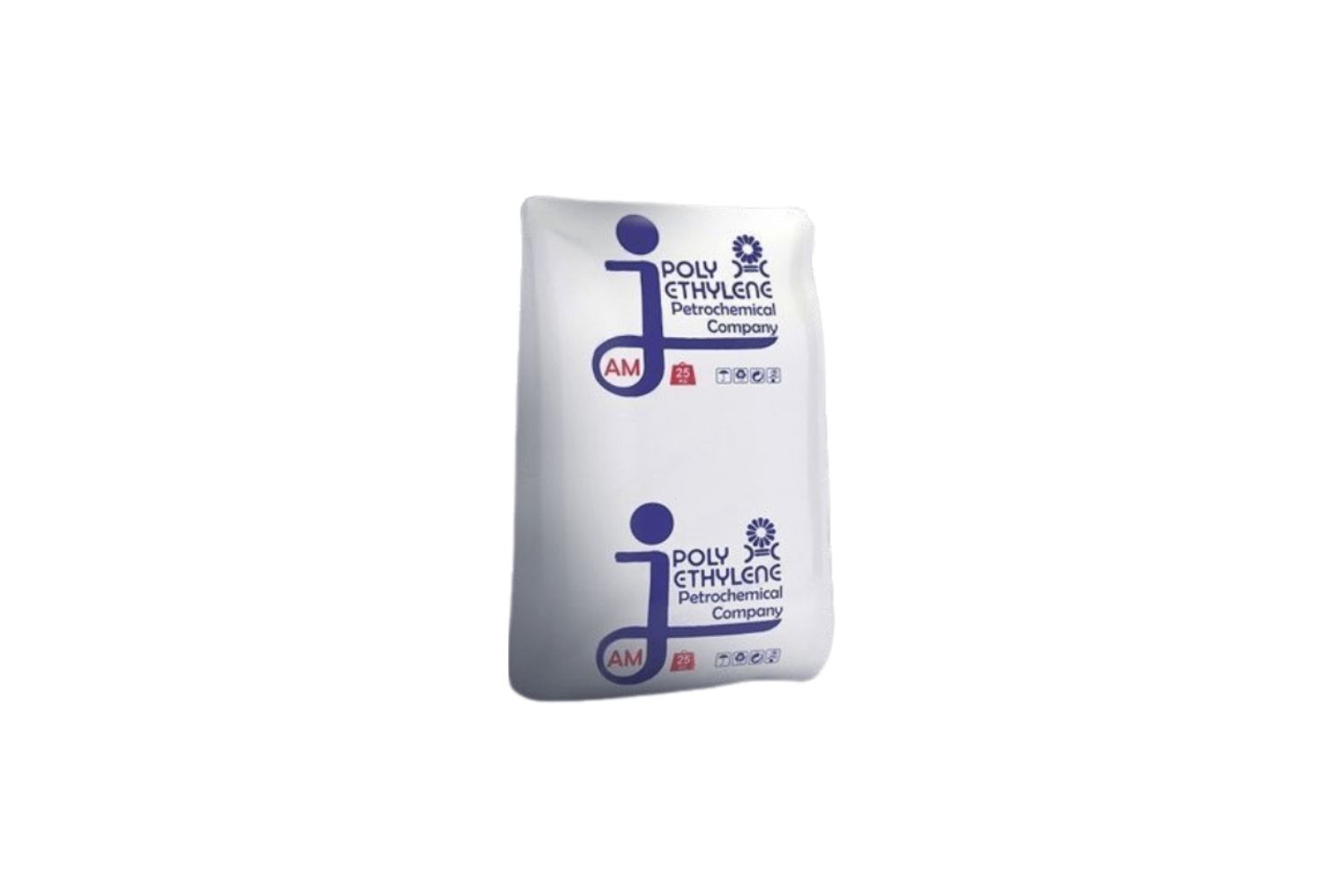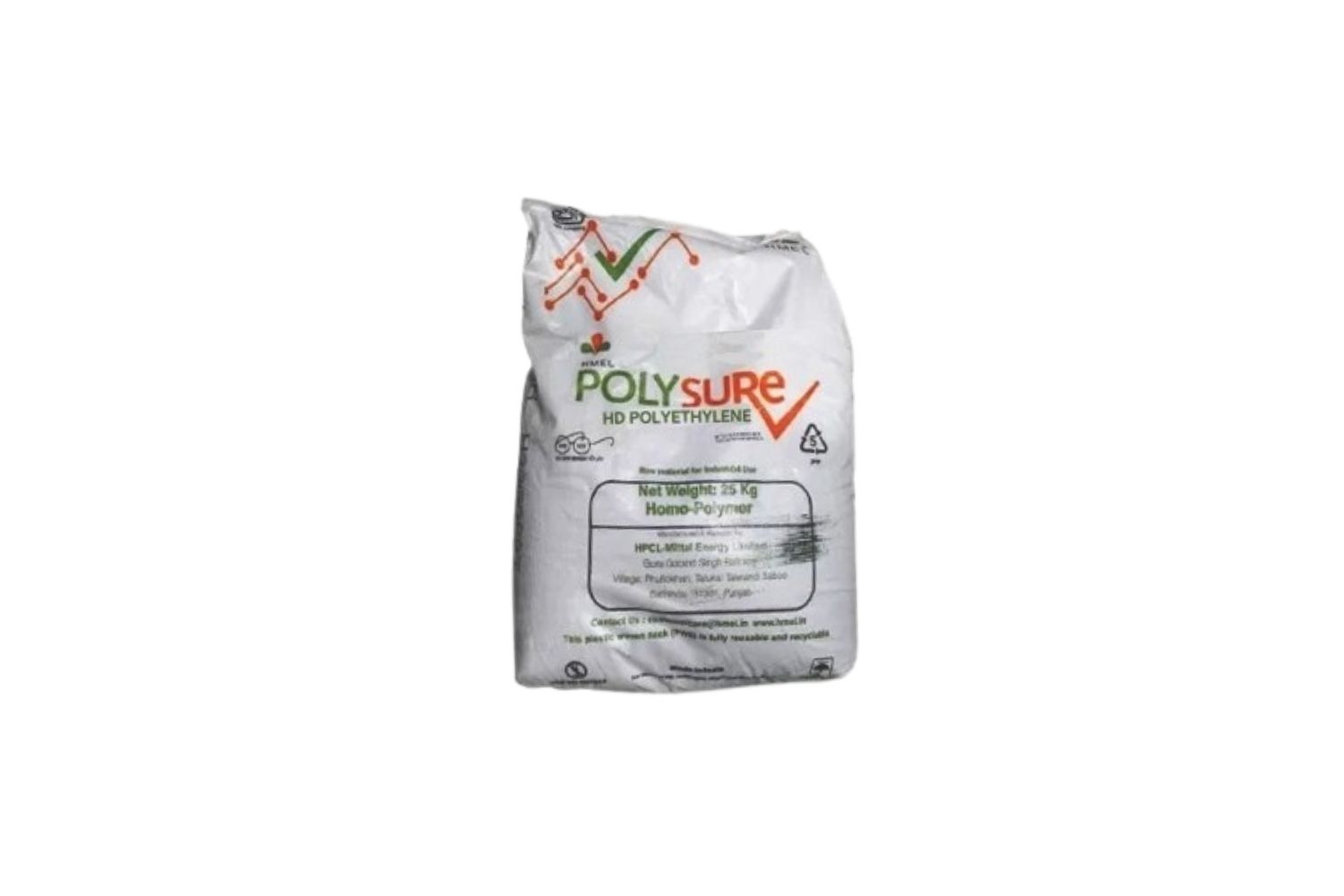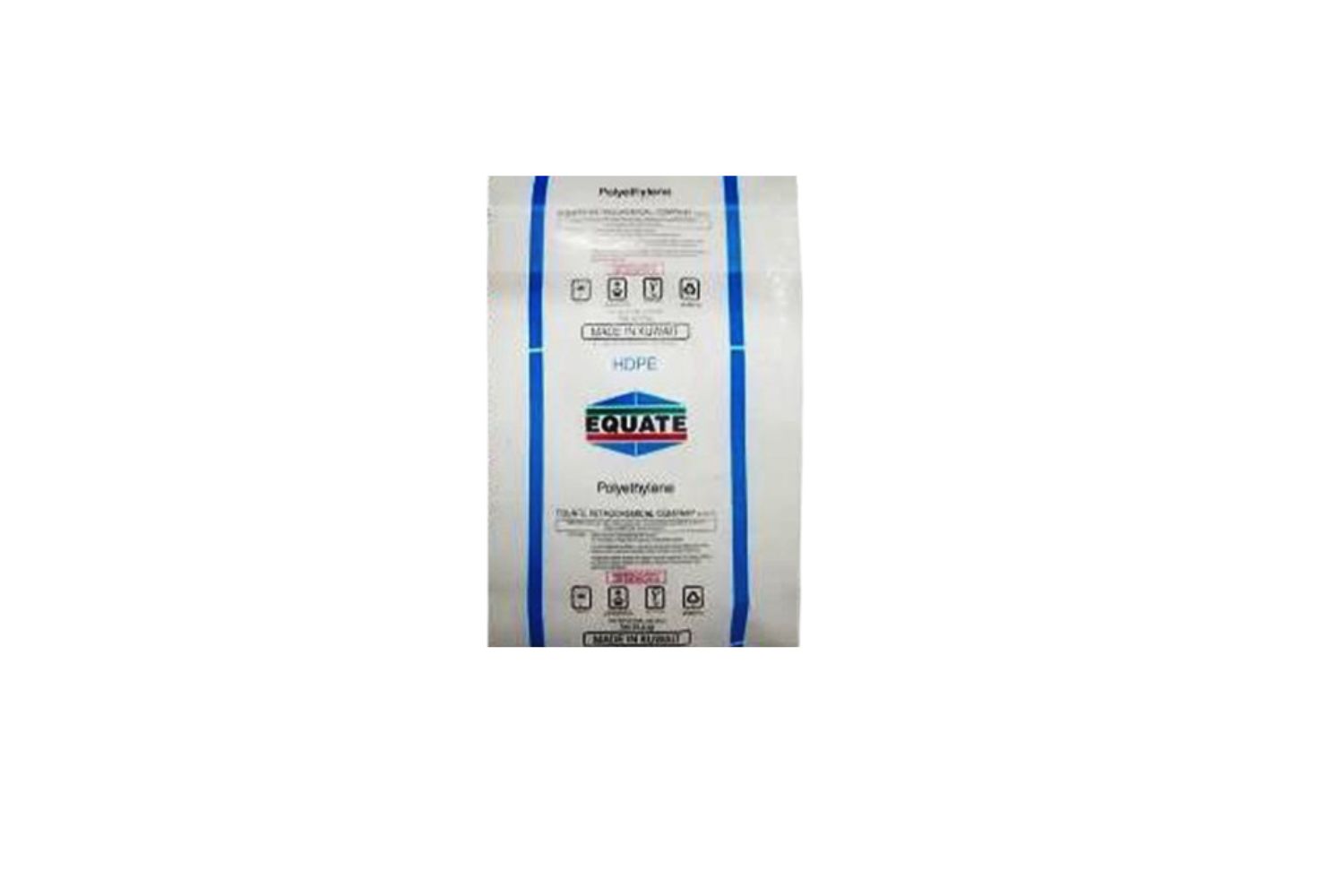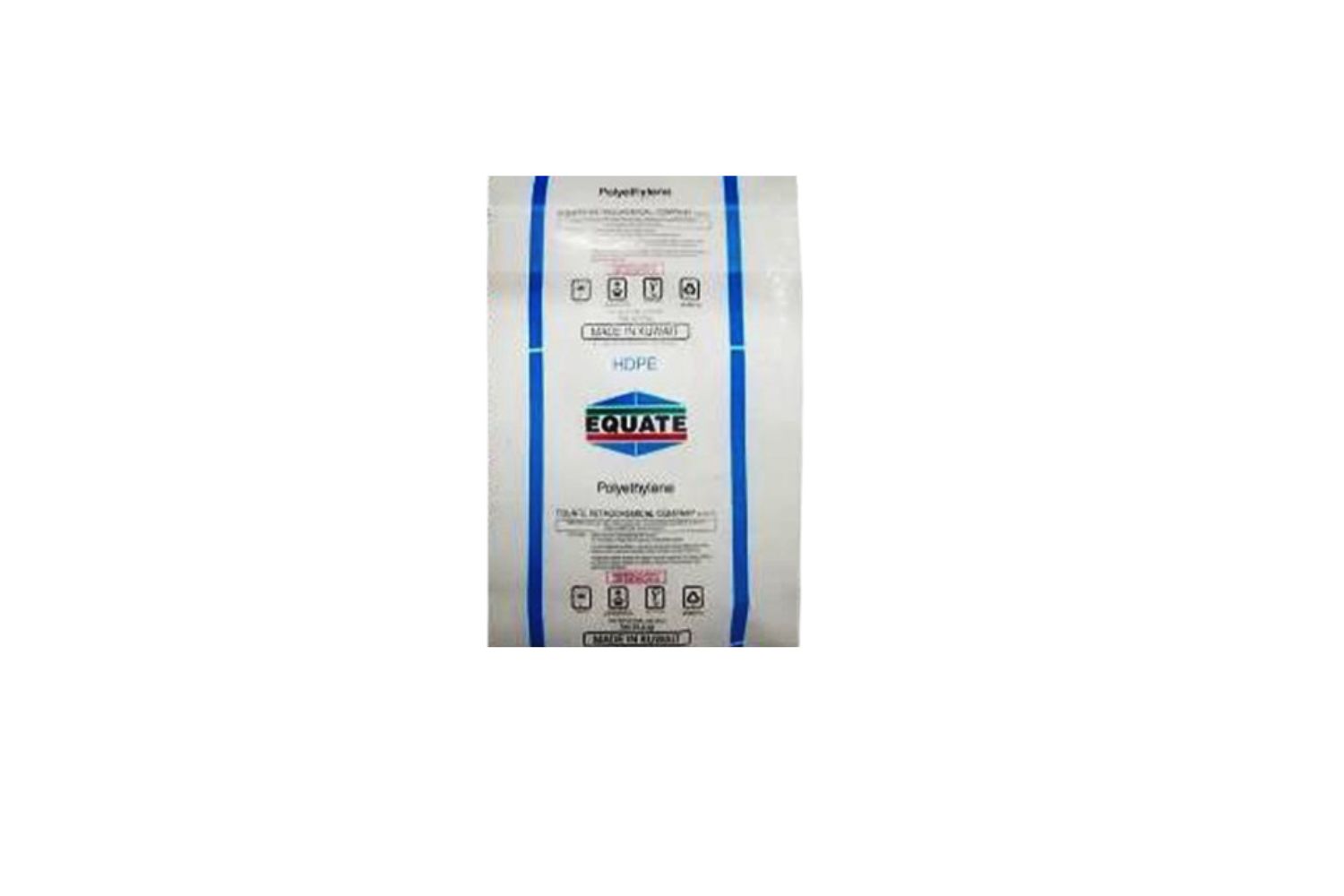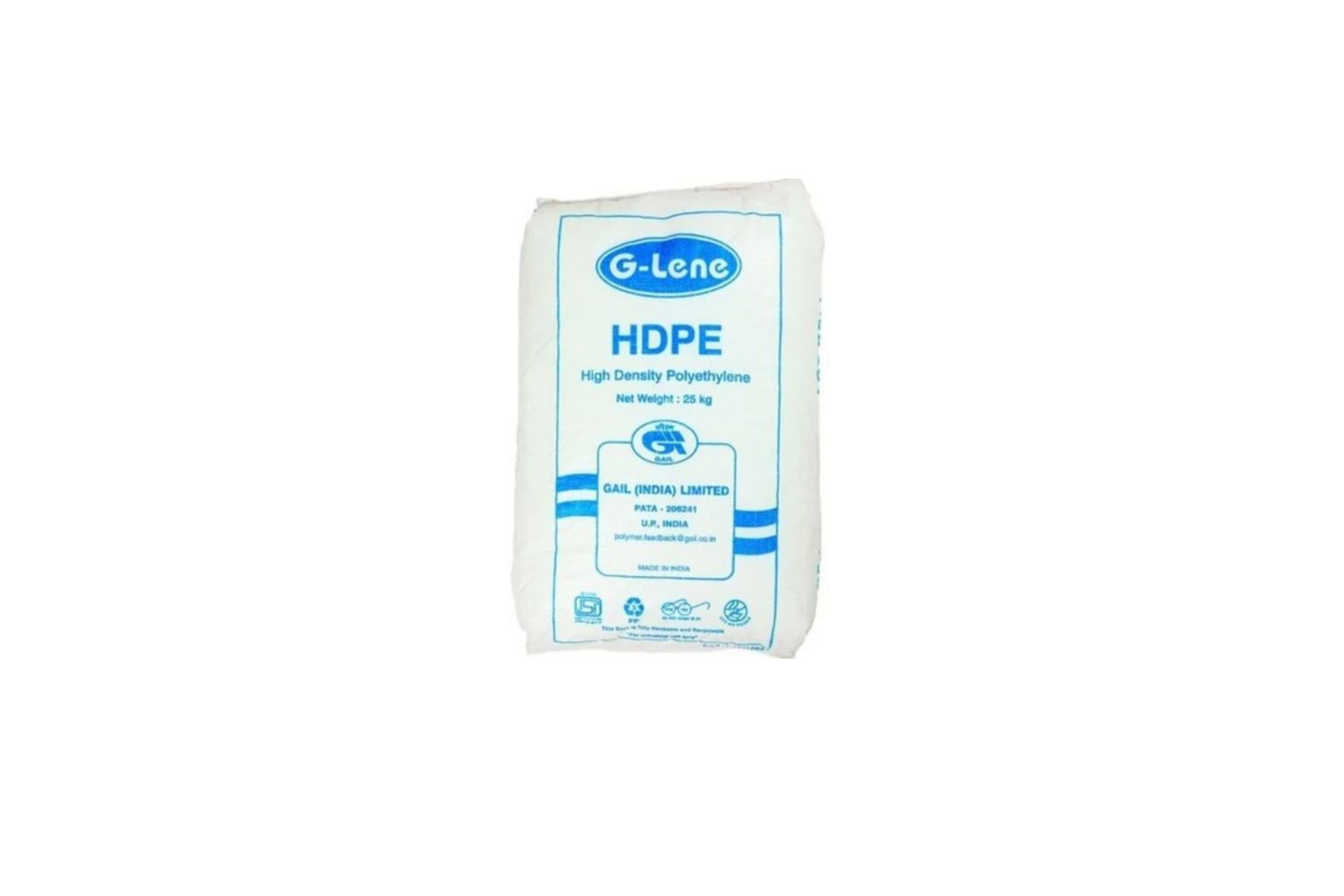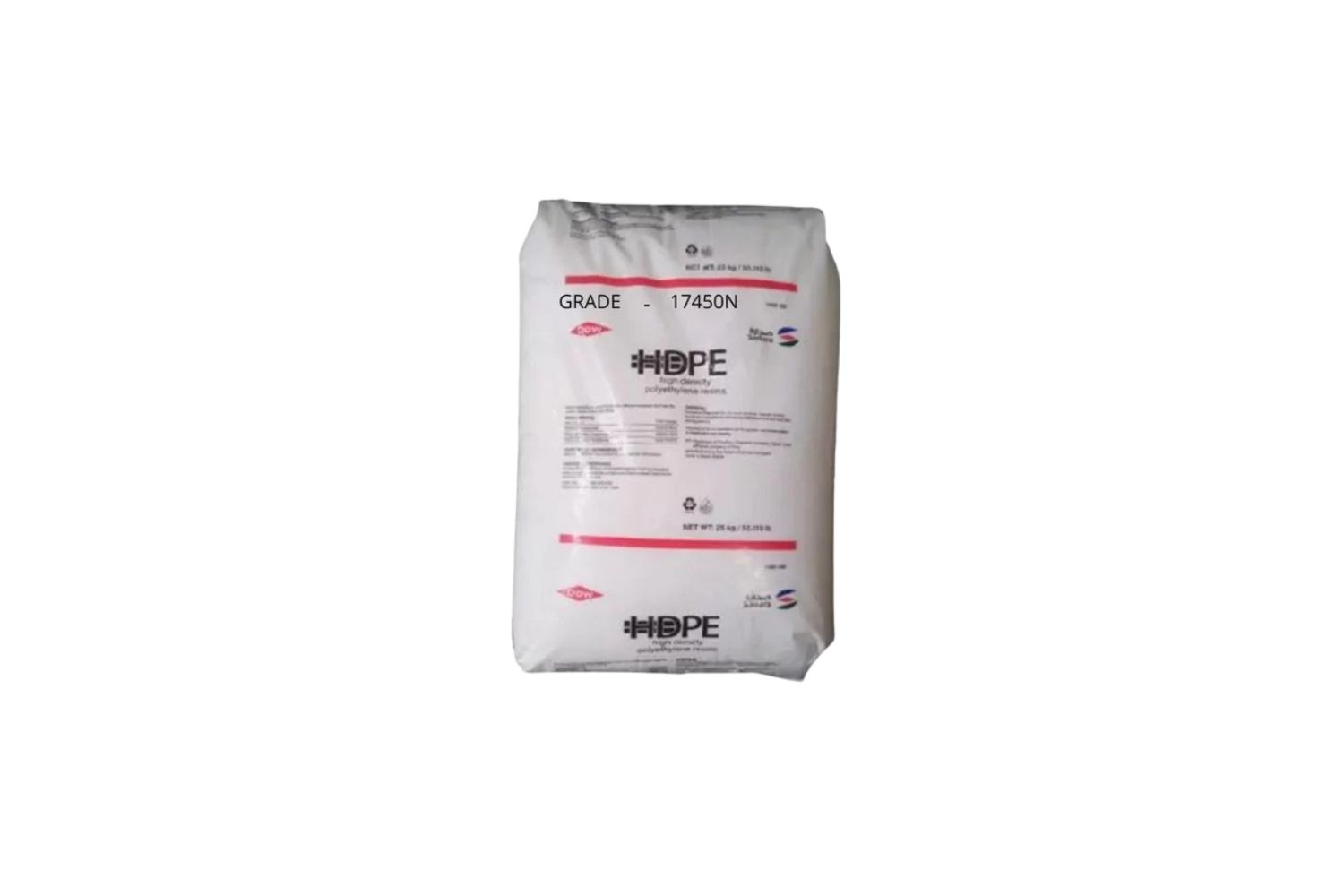What is HDPE ?
High Density Polyethylene (HDPE) is a type of polyethylene, a synthetic polymer made from the monomer ethylene. HDPE is known for its high strength-to-density ratio and is one of the most widely used plastics in the world. It is commonly used in a variety of applications, including packaging, construction, and transportation.
HDPE is characterized by its high strength and stiffness, as well as its resistance to chemicals, UV radiation, and environmental stress cracking. It is also highly resistant to moisture and water absorption, making it an ideal choice for outdoor applications. HDPE is also resistant to fatigue and wear, making it a durable material for a variety of applications.
The main advantages of HDPE is its versatility. It can be molded into a wide range of shapes and sizes, and it can be used to create a variety of products, including pipes, containers, and automotive parts. HDPE is also easy to process and can be welded, making it a popular choice for piping and infrastructure projects.
However, HDPE does have some limitations. It is not as strong as some other polymers, such as polycarbonate, and it is not as heat resistant as some other plastics. It also has a relatively low melting point, which can make it difficult to work with in certain applications.
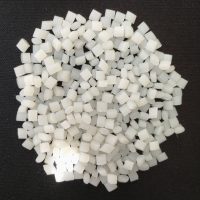
There are several different MFI levels available in HDPE moulding grade, including:
- Low MFI : Low MFI HDPE moulding grade has a low viscosity and is easy to flow. It is commonly used in applications that require fast processing speeds, such as injection molding and blow molding.
- Medium MFI : Medium MFI HDPE moulding grade has a moderate viscosity and is suitable for a wide range of applications. It is commonly used in the production of a variety of plastic products, such as bottles, containers, and automotive parts.
- High MFI : High MFI HDPE moulding grade has a high viscosity and is difficult to flow. It is commonly used in applications that require high strength and stiffness, such as pipes and structural components.
Some of the application usage of HDPE are :
- Packaging : HDPE is commonly used to create packaging materials, such as bottles, containers, and bags.
- Construction : HDPE is used in a variety of construction applications, including pipes, gutters, and roofing membranes.
- Transportation : HDPE is used in the manufacture of automotive parts, such as fuel tanks and bumpers. It is also used to create parts for trains, buses, and airplanes.
HDPE Raffia
HDPE raffia is a type of raffia that is made from high density polyethylene (HDPE), a synthetic polymer made from the monomer ethylene. HDPE raffia is known for its high strength, durability, and resistance to UV radiation and environmental stress cracking. It is commonly used in a variety of applications, including packaging, agriculture, and construction.
To make raffia from HDPE raffia grade, the pellets are melted and extruded through a small, circular die to create thin strands of plastic. The strands are then cooled and collected on a spool or reel. The collected strands are then woven or braided together to create the finished raffia material.
In the packaging industry, HDPE raffia is often used to create bags, sacks, and wrapping materials. It is also used in the agriculture industry to create twine, ropes, and netting. In the construction industry, HDPE raffia is used to create reinforcing materials, such as geogrids and geotextiles.
HDPE raffia is also used in a variety of other applications, including landscaping, automotive, and marine. It is often used to create ropes, cords, and webbing for these applications, due to its high strength and durability.

HDPE Pipe
HDPE pipe grade is a type of polyethylene (PE) plastic that is specifically designed for use in the construction of pipes. HDPE pipe grade is known for its high strength, toughness, and resistance to chemicals and environmental stress cracking. It is also highly resistant to moisture and water absorption, making it an ideal choice for piping applications.
Pipes made from HDPE pipe grade are typically produced using the extrusion process, which involves melting the HDPE pipe grade resin and forcing it through a die to create a continuous tube of plastic. The tube of plastic is then cooled and cut into the desired length to create the finished pipe.
There are several varieties of HDPE pipe grade, including:
- PE100 : PE100 is the highest-strength and most pressure-resistant grade of HDPE pipe grade. It is commonly used in high-pressure piping applications, such as water and gas pipelines.
- PE80 : PE80 is a lower-strength grade of HDPE pipe grade that is commonly used in medium-pressure piping applications, such as irrigation and sewer lines.
- PE63 : PE63 is a lower-strength grade of HDPE pipe grade that is commonly used in low-pressure piping applications, such as drainage systems.
HDPE pipe grade is used in a variety of applications, including:
- Water and sewage systems : HDPE pipe grade is commonly used to create pipes for water and sewage systems due to its high strength and resistance to chemicals and environmental stress cracking.
- Gas pipelines : HDPE pipe grade is used to create pipes for natural gas and propane pipelines due to its high pressure resistance and corrosion resistance.
- Mining : HDPE pipe grade is used in mining applications to create pipes for slurry transport and to contain hazardous materials.
- Agricultural irrigation : HDPE pipe grade is used to create pipes for agricultural irrigation systems due to its resistance to corrosion and UV radiation.
HDPE Blow
HDPE blow grade is a type of polyethylene (PE) plastic that is specifically designed for use in blow molding, a manufacturing process that involves blowing hot, molten plastic into a mold to create a specific shape.
Some common types of containers that can be made from HDPE blow grade include:
- Bottles : HDPE blow grade is commonly used to create bottles for a variety of products, including personal care products, household cleaners, and food and beverages.
- Jars : HDPE blow grade is used to create jars for a variety of products, including food products, cosmetics, and household items.
- Pails : HDPE blow grade is used to create pails for a variety of products, including chemicals, paints, and adhesives.
- Drums : HDPE blow grade is used to create drums for the storage and transport of liquids and powders.
HDPE Film
HDPE film grade is used in the production of thin, flexible films. Films made from HDPE film grade are typically produced using the extrusion process, which involves melting the HDPE film grade resin and forcing it through a die to create a continuous sheet of plastic. The sheet of plastic is then cooled and rolled onto a spool or reel for further processing or storage. HDPE film grade is used in a variety of applications, including:
- Packaging : HDPE film grade is commonly used to create packaging materials, such as bags, wraps, and sheets.
- Agriculture : HDPE film grade is used to create mulch films, which are placed over soil to retain moisture and prevent weeds from growing. It is also used to create greenhouse films, which are used to cover greenhouses to create a controlled environment for plant growth.
- Construction : HDPE film grade is used in the production of construction materials, such as vapor barriers and moisture barriers.
- Consumer goods : HDPE film grade is used in the production of a wide range of consumer goods, such as trash bags, sandbags, and shopping bags.
HD Moulding
HDPE moulding grade is used in the production of molded plastic products. There are several varieties of HDPE moulding grade, including:
- High strength HDPE moulding grade that is commonly used in high-strength plastic products such as automotive parts, such as fuel tanks and bumpers, and outdoor furniture.
- Medium strength HDPE moulding grade that is commonly used in medium-strength plastic products, such as toys and household items.
- Lower strength HDPE moulding grade that is commonly used in low-strength plastic products, such as disposable cups and containers.
About Viztaar
Viztaar is a tech enabled marketplace that facilitates B2B commerce in bulk industrial raw materials.
By leveraging technology, Viztaar helps buyers find the best prices from sellers across the country thereby optimizing their purchases and improve their bottom line. Buyers get cheapest prices, assured quality and reliable deliveries thereby ensuring complete peace of mind in managing their supply chains through Viztaar.
For sellers, Viztaar provides easy access to buyers on a pan India basis without having to invest in costly sale and marketing functions, acting as their wide reaching distribution network where they can quickly sell their inventory, improve their volumes and focus on optimizing their cash flows.

About Haldia
Haldia Petrochemicals Limited is a petrochemical company located in Haldia, West Bengal, India. It was incorporated in 1985 and is a joint venture between The West Bengal Industrial Development Corporation, The Chatterjee Group, The Tata Group and The Indian Oil Corporation. The Tata Group have divested their stake and are no longer associated with Haldia Petrochemicals Limited.

Haldia Petrochemicals Limited has one manufacturing plant located in Haldia, West Bengal, India. The construction of this plant was commenced in 1997 and it began commercial production in 2001. This plant is where the company operates its naphtha-based petrochemical complex and produces a variety of chemical products such as polypropylene, linear low- density polyethylene, high-density polyethylene, benzene, butadiene, etc. These products are used in various industries such as packaging, construction, automotive, and textiles. It is one of the largest petrochemical companies in India and a major supplier of petrochemical products in the country.
As of 2021 the company has production capacity of around 1.1 million metric tons per annum (MMTPA) of petrochemicals and it’s turnover is around INR 12,000 crores.



